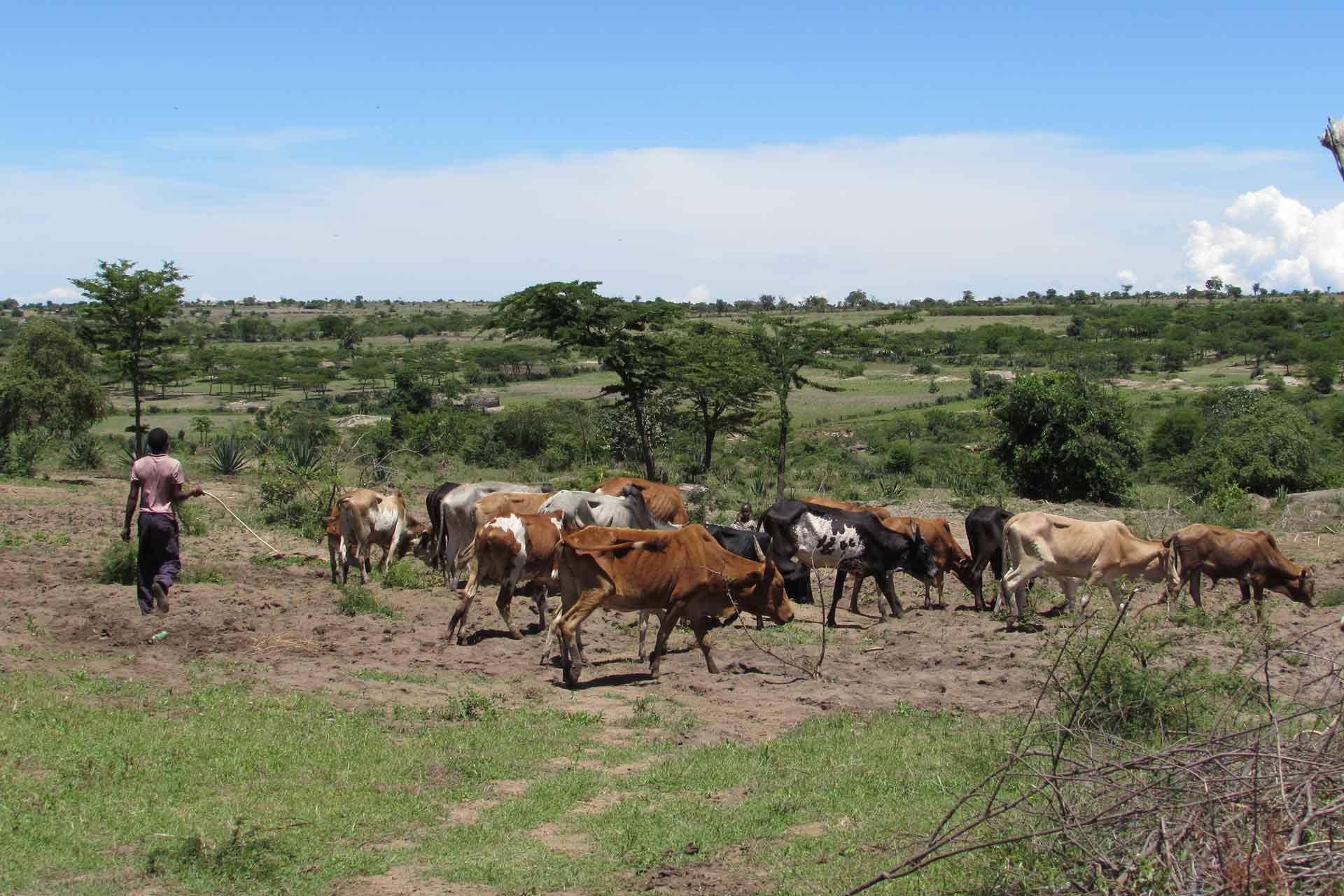Characterization of the FMDV-serotype-O isolates collected during 1962 and 1997 discloses new topotypes, CEY-1 and WCSA-1, and six new lineages
The genetic diversity of the FMD viruses collected from the outbreaks during the second half of the 20(th) Century in Sri Lanka was assessed in the present study. We sequenced the VP1 genomic region of the samples collected during FMDV epidemics caused by serotype O in Sri Lanka during 1962 and 1997. For comparison, we sequenced the VP1 of the related viral isolates collected from other Asian countries. We analyzed the VP1 sequences of the viral strains using the UPGMA method with uncorrected pairwise distances. Nucleotide divergence (ND) thresholds of 15%-20% and 5%-<15% were used to differentiate topotypes and lineages, respectively. We calibrated the divergence times and lineage-specific substitution rates using Bayesian-skyline models. Based on the ND estimations and phylogenetic relationships, we identified and named two new topotypes [CEYLON 1 (CEY-1) and WEST, CENTRAL AND SOUTH ASIA 1 (WCSA-1)] and six new lineages (Syr-62, Srl-77, Tur-69, May-78, Tai-87 and Bur-77) of serotype O. We believe that the novel topotypes and lineages named may have disappeared although they have similar substitution rates for epizootic outbreaks. Because the amino acid selection analysis revealed that the two topotypes and six lineages identified were under purifying selection during the outbreaks.

